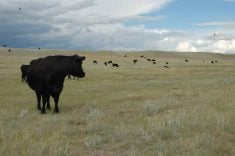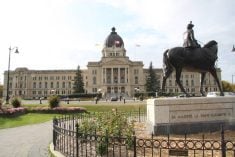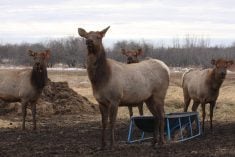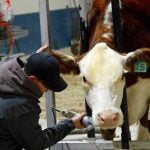The intense inter-provincial political battle over how to design a new Canadian farm safety net program has come down to the elusive question of fairness between regions.
And it must be decided in just four months.
Terry Daynard believes the risky business of farming should be measured in financial terms.
Leroy Larsen thinks production risk is more critical.
When Canadian agriculture ministers meet in Toronto in November, they will have to decide which is the fairest way to measure risk and divide federal farm safety net dollars accordingly.
Read Also
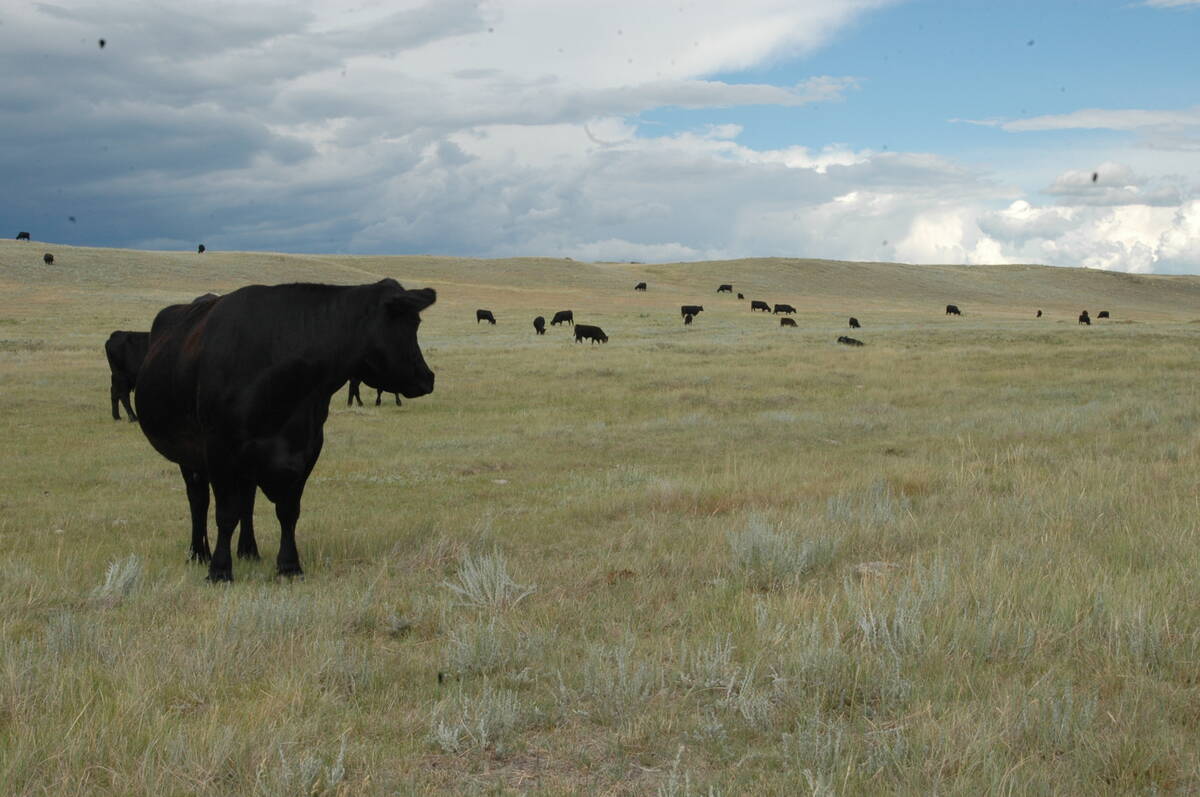
Canadian Food Inspection Agency slammed for handling of bovine tuberculosis case
The federal government leans heavily on producers to “take one for the team” and risk their livelihoods without any reassurance of support.
Is the value of production more important, as the Ontario Corn Producers Association’s Daynard says, or should Saskatchewan Wheat Pool president Larsen’s opinion hold sway?
At the November meeting, the ministers will be presented with different options as they work toward setting a new five-year safety net agreement in February.
As last week’s annual ministerial conference ended, one option put forward was to gradually implement a formula based on farm cash receipts, taking into account the special circumstances of Saskatchewan and Manitoba by locking in funding for them at the present level.
Those two provinces argue their farmers face more risk due to weather, and because so much of their product competes against subsidized products in the export market. If the formula is changed, both could lose a total of $53 million.
“(Compromise is) sort of the Canadian way,” said University of Guelph, Ont., agricultural economist George Brinkman. “Anything that the provinces will eventually agree to can work.”
But Daynard is not so sure. He said providing more support to one region is unfair to others.
“On a long-term basis, if the government of Canada consistently pours more money into agriculture in one region relative to the value of the industry in that region, that causes distortion,” he said. “We’re not comfortable with that.”
Larsen said the new funding formula has to recognize the magnitude of the differences between prairie agriculture and that of other areas.
“I can see where southern Ontario will argue for cash receipts” as a basis for safety net funding, he said. “The value of their product is much greater per acre.”
For farm cash receipts to be used as the safety net gauge, a moving average would have to be established to take care of particularly bad years, Brinkman said.
“By the same token, if there’s a crisis of grain production in China or Russia and grain prices jump way up, that level of gross receipts might be abnormally high and therefore by using a moving average you put it back to a more normal level,” he said.
In Saskatchewan, assistant deputy minister of agriculture Hal Cushon said officials will be looking at all types of program designs over the next few months.
“We want it done on the basis of good public policy,” he said.
Whether the outcome will be considered fair across Canada remains to be seen.
“Fair is kind of like beauty,” Brinkman said. “It’s in the eyes of the beholder.”



